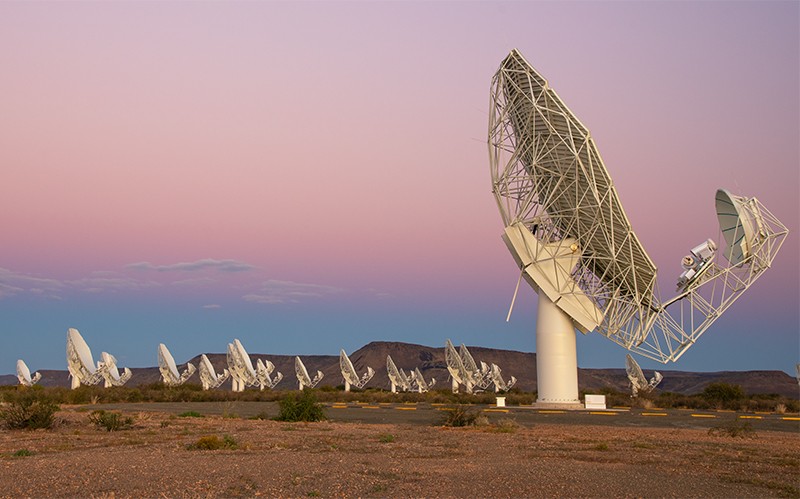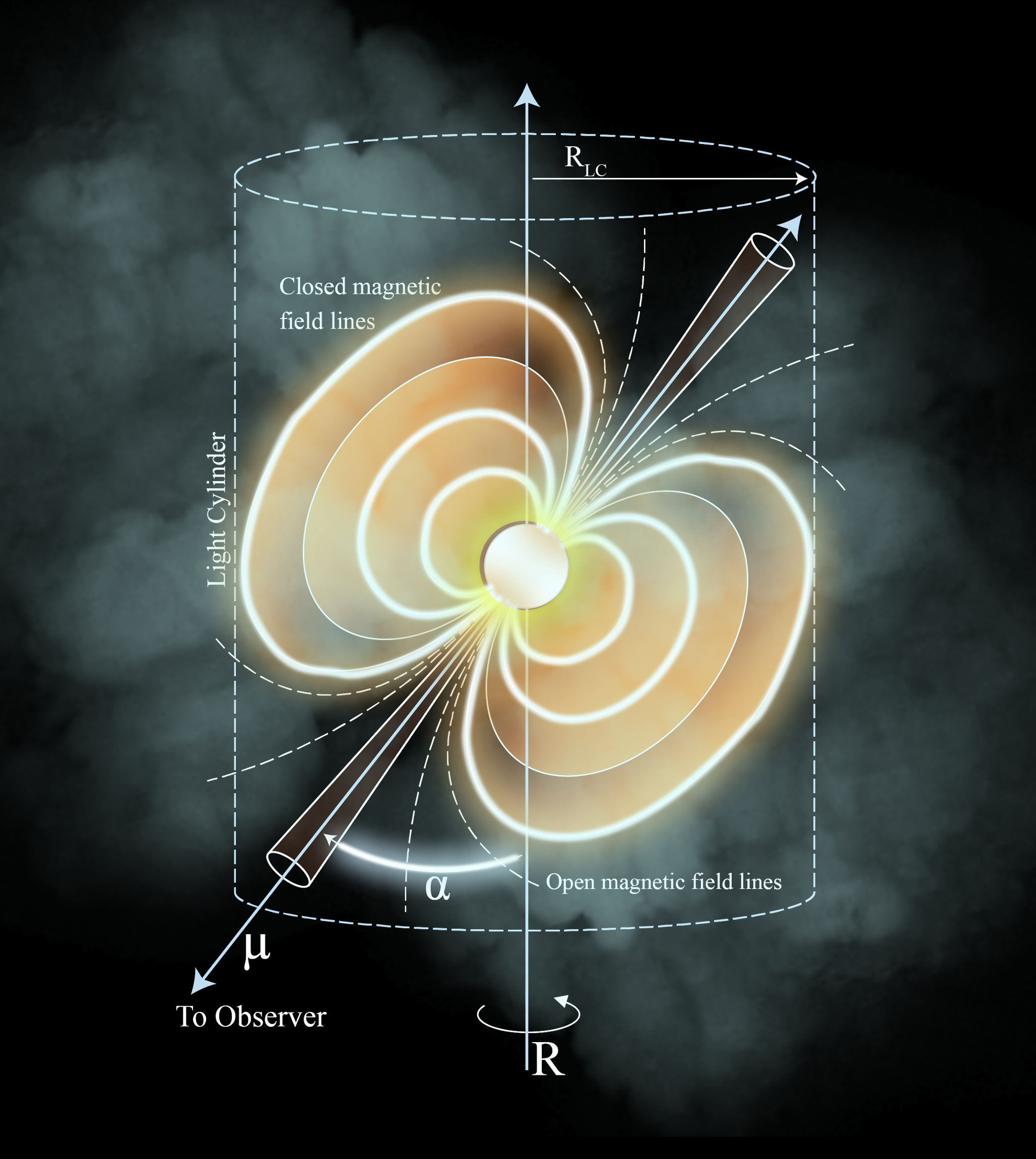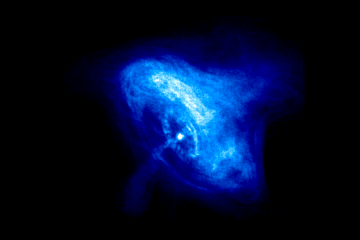Bayesian Inference and Pulsar Timing
Tutorials on Bayesian inference, pulsar timing and using relevant software packages.
Pulsar timing is the art of precisely monitoring every single rotation of a neutron star. It is a very powerful technique that has allowed us to test theories of gravity, measure masses of neutron stars, and search for the weakest gravitational waves in the Universe.
Below, I have compiled some of my tutorials on pulsar timing and Bayesian inference that were created for various international workshops and conferences.
The Pulsar Timing Workshop that was conducted for students in South Africa and India has a comprehensive set of lectures and tutorials covering pulsar timing basics and Bayesian inference techniques.
Pulsar Data and PSRCHIVE
Here are some slides focussing on using PSRCHIVE to analyse and curate pulsar archive data.

Pulsar Timing and Tempo2
Here you can find an introductory talk on pulsar timing along with a tutorial on using the software package Tempo2.


Bayesian Inference and Pulsar Noise Modelling
Here is a talk that I presented to students at the International Pulsar Timing Array meeting on the art of noise modelling in pulsar timing data understanding the various noise processes that affect pulsar time series data sets.
Using the Bayesian inference software TempoNest to analyse pulsar timing data
TempoNest is a package that is widely used within the pulsar timing community to model various noise processes in pulsar timing data. This is crucial in detecting weak signals like the gravitaional wave background.
Here is my tutorial on using TempoNest.

